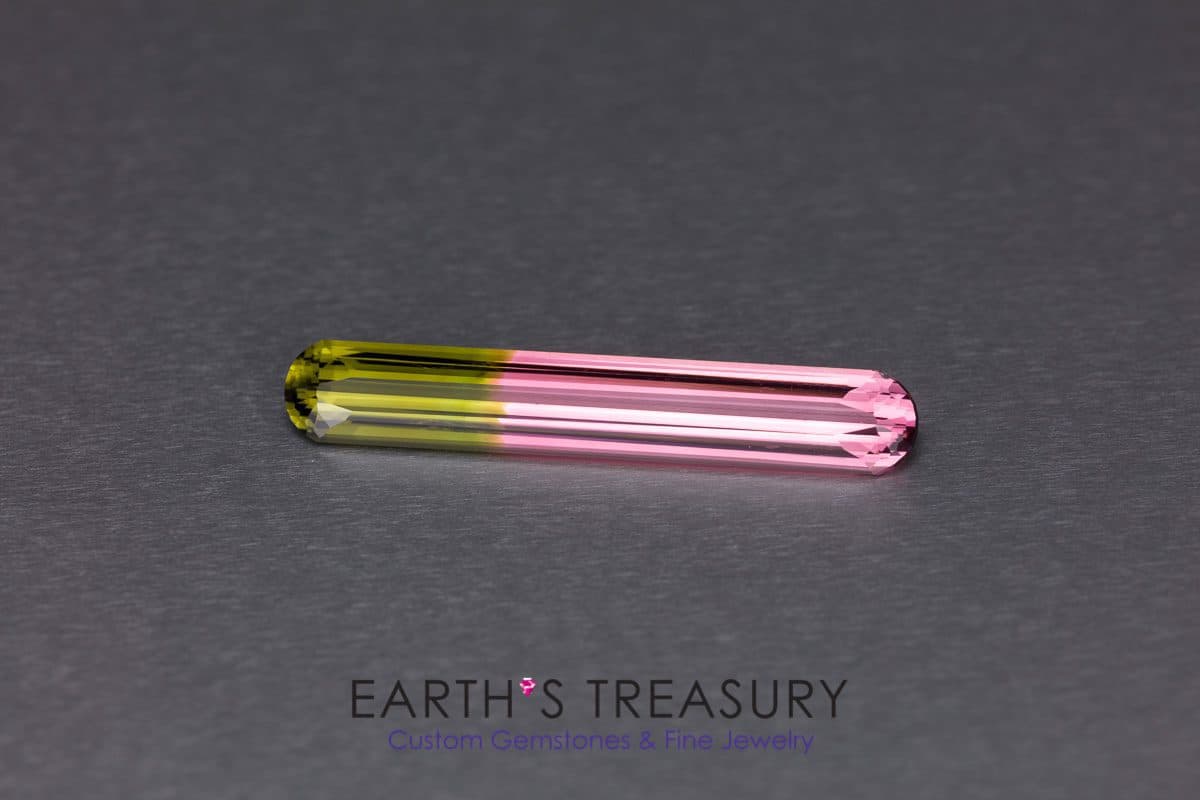
Tourmaline Buying Guide
Known for stunning, saturated hues, tourmaline is a colorful and modern gemstone. Read about quality factors for this gem in our tourmaline buying guide.
7 Minute Read
Related Articles
Paraíba Tourmaline Value, Price, and Jewelry Information
Tourmaline Gem, Price, and Jewelry Information
Rubellite Tourmaline Value, Price, and Jewelry Information
Gemstone Orientation for Beginners
Latest Articles
Milarite Value, Price, and Jewelry Information
Appraising Pearls: How to Grade Pearls
Agate Buying Guide
Carving Techniques for Handling Inclusions in Transparent Gems
Never Stop Learning
When you join the IGS community, you get trusted diamond & gemstone information when you need it.